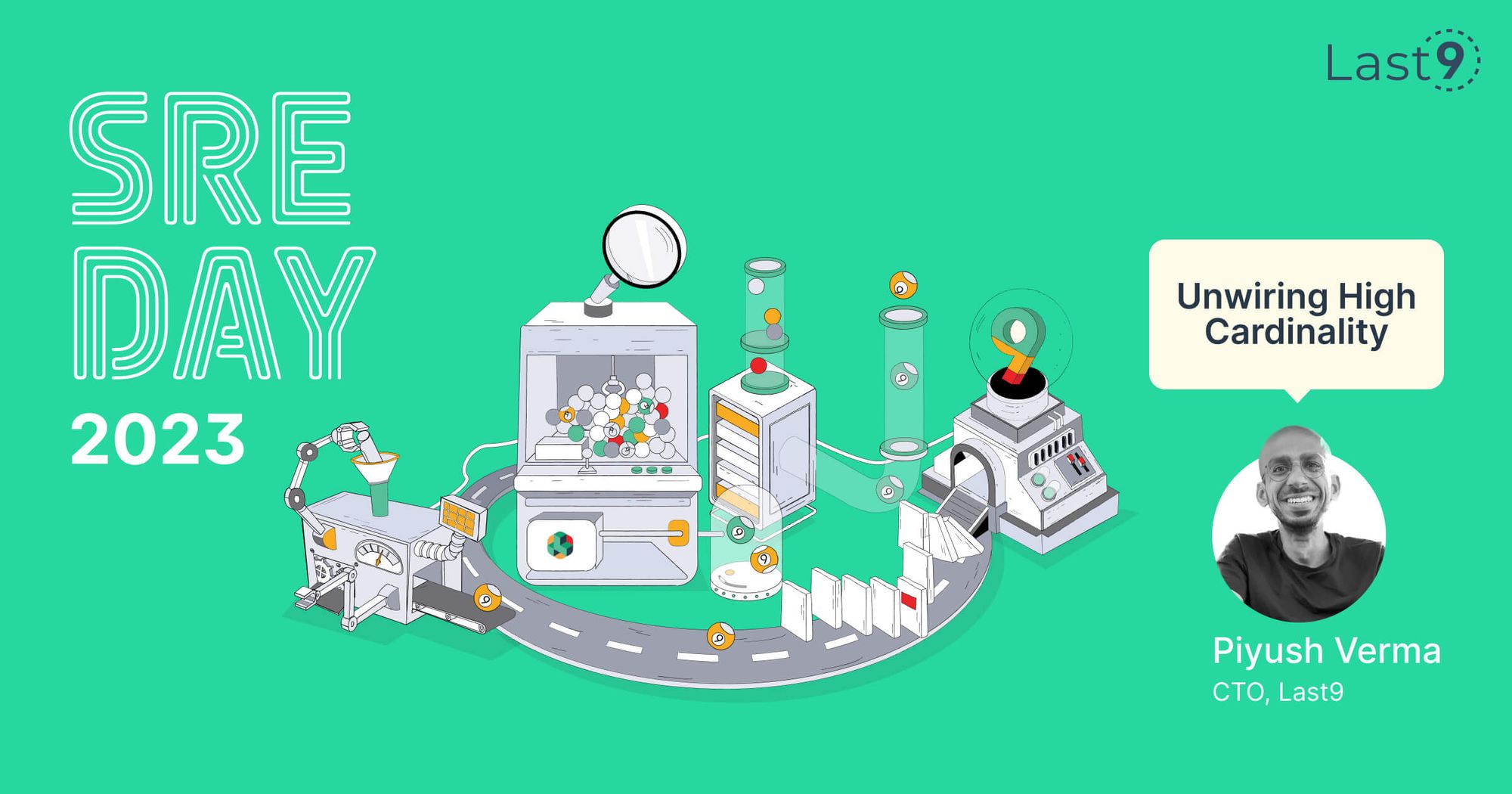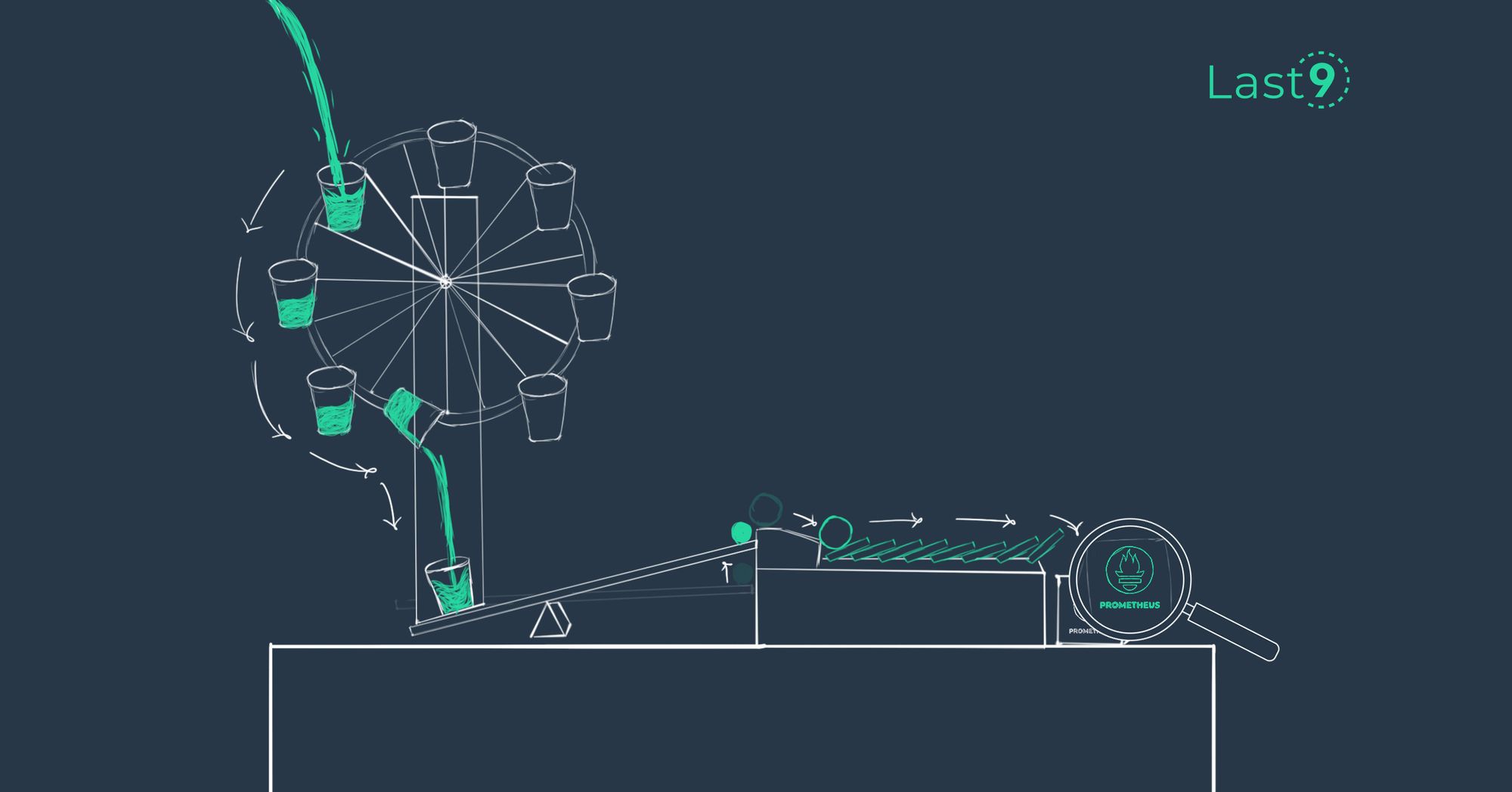Sep 17th, ‘23/3 min read
Unwiring High Cardinality - SRE Day 2023
Report from SRE Day 2023, where Piyush Verma - CTO Last9, gave a talk on Unwiring High Cardinality

Contents
Newsletter
Stay updated on the latest from Last9.
Handcrafted Related Posts

Prometheus Monitoring
Prometheus is a popular open-source monitoring system. In this blog, we'll cover the basics of Prometheus monitoring, including its architecture, key features, and alternatives.
Last9

SaaS Monitoring with Levitate
How Levitate solves today's challenges of B2B SaaS monitoring, including noisy neighbors by unlocking per-tenant observability
Prathamesh Sonpatki

Understanding the Rasmussen model for failures
What does the Rasmussen model teach us about Site Reliability Engineering?
Nishant Modak




